It was an absolute pleasure to make my way to India, from New Zealand and Israel in March, as the whole country prepared for spring by stepping into a riot of colours and eventually reach Uttarakhand via Kolkata and Delhi. There was also an air of celebration as the G20 presidency saw India step into 2023 with new perspectives on lifestyle for environment (LiFE) and various other initiatives. The T20, a part of the G20 Summit, serves as an ‘ideas bank’ for recommendations on investing in the children and youth to encourage inclusive development and economic stability. UNICEF in one of its many roles has also contributed research towards the policies that will have a multidisciplinary approach to better educational endeavours for the children in the next decade to secure stable futures for them. So what does this mean for our children at Marge’ah’s Sonrisa Learning Centres? In 2022 we started with four key schools dotted in the Garhwal region to bridge Numeracy and Literacy gaps through Computational Thinking. However, in 2023 we needed to change our focus to help make learning authentic, contextualised, accessible and exciting for the students that were eager to see the New Education Policy of 2020 enter their own classrooms. Our approach was to review the basic computational thinking concepts and then shift towards the Sonrisa CT resources that we had designed from biodegradable material to give the students an opportunity to ‘Think Outside The Box’; an initiative that led to the summer camps in the four Garhwal districts of Uttarakhand.
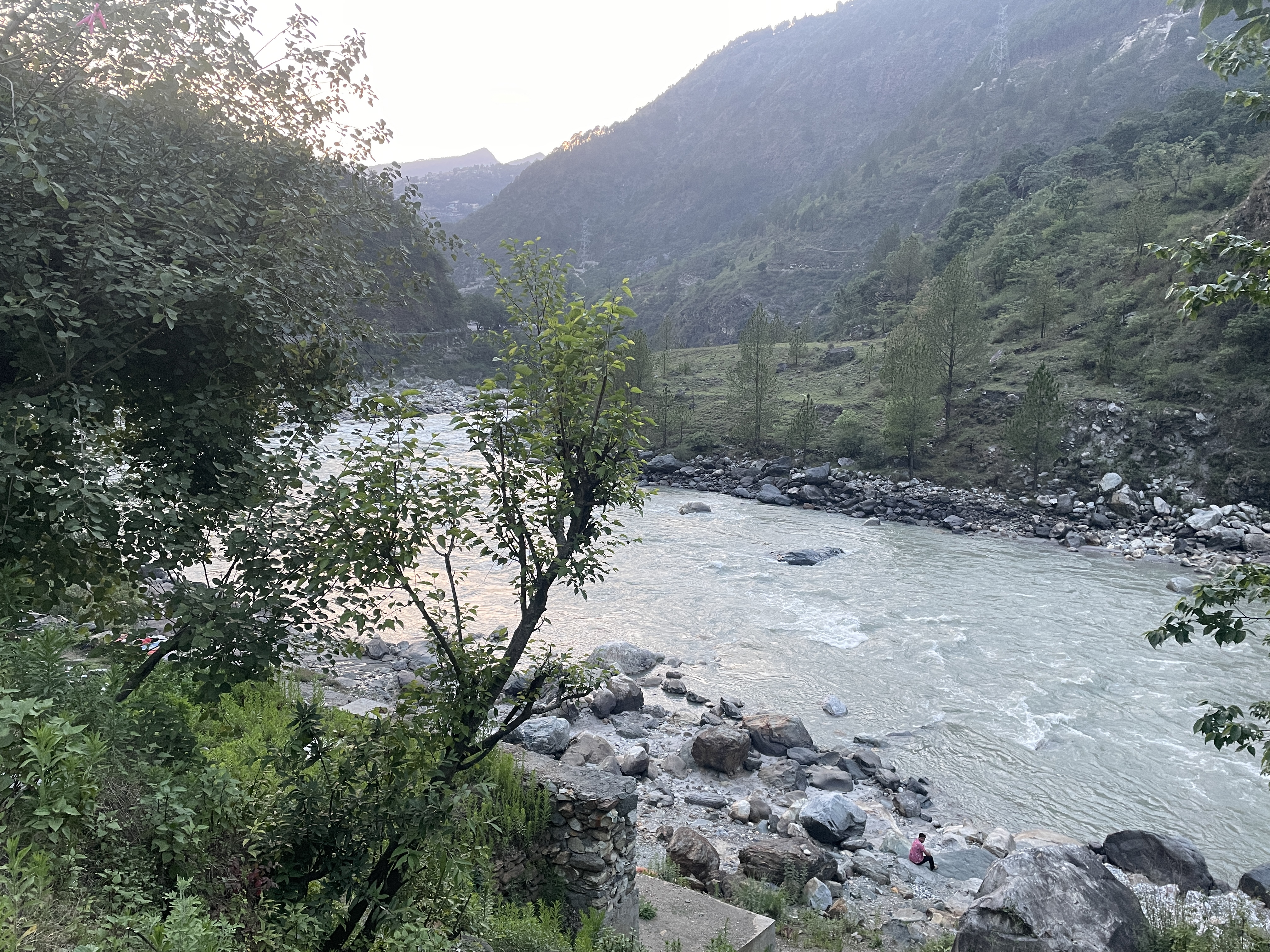



Snowcapped Himalayan mountains are close enough to touch where Marge’ah works with some of the partner schools. Yes, this is strategically planned so I can travel to the most picturesque locations tucked away in well draped green villages in the the Himalayas. Although roads meander and lead us to most of our schools, some children still walk on bridle paths that take them through streams and swing bridges to get there. I marvelled as I watched a group of young boys scamper down a hill and cross the stones they had obviously placed across the stream near a waterfall which gradually led to the Baghirathi, one of the tributaries of the Ganges. Even before they had reached school they had probably solved a myriad of problems and navigated known pathways and I wondered if we would continue to spark their enthusiasm and help them to continue to capture and keep alive the wonders and adventures they had just traversed. Research has indicated that we lose a lot of our children to the cities outside of the mountains for better opportunities and some of the conditions they end up living in are abysmal. Our aim, along with initiatives of the Uttarakhand Government and spring boarding from the G20 Summit, is to introduce a BIT (definitely a play on words) of salt to preserve and heal the land and shine light on the resplendent emerald mountains again.
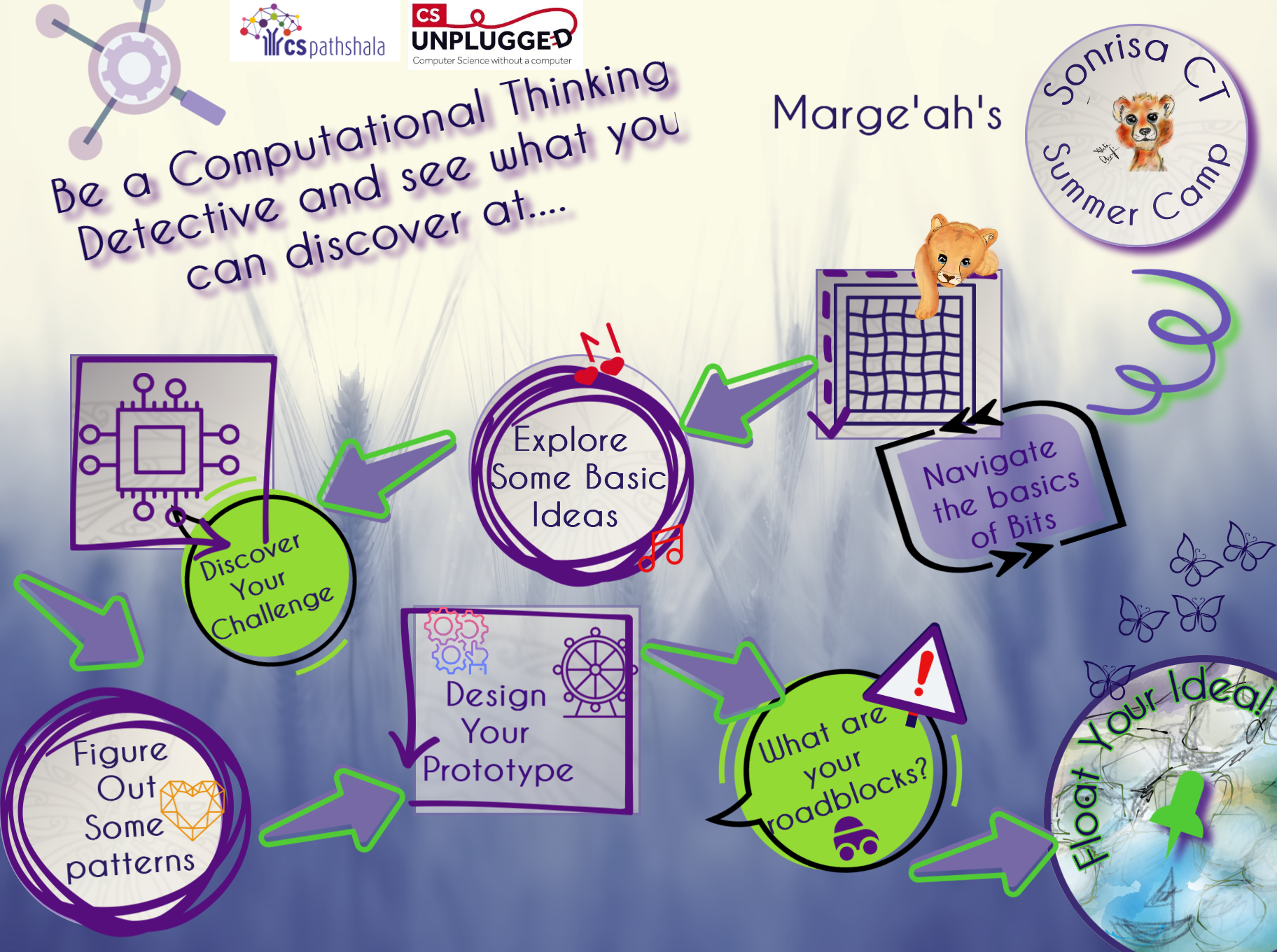


We at Marge’ah have only two rules when we conduct our workshops and camps; the children should focus on the instructions as they work collaboratively and always leave with a smile (Sonrisa) on their faces. We have discovered that any problem can be decomposed into smaller parts and approached logically, whether it is designing string-driven car, a ferris wheel driven by a motor or a windmill that looks like a bird. Once they start recognising the patterns that emerge, they can use these to develop their ideas further and use their computational thinking skills to be innovative. When we gathered on day one, for the Sonrisa CT summer camps, there was a lot of apprehension about what was coming up. We started with the basic of how Bits (Binary Digits) work and progressed to images and finally worked with circles, wheels, and automation and the logic of simple machines. It was intriguing to observe the students navigating through a series of challenges with such enthusiasm and I have never been so impressed by a group of 8-12 year old students before. My highlight was watching a 10 year old student, from a Government school in Gopeshwar, use foil and wire to make a battery pack and beam with delight when the wheels turned, and rightfully so; this is what intrinsic motivation looks like and his reward was making the motor run with his innovative battery. It was also fascinating to see the teachers enter into the first challenge for the second day as well, where batteries and motors were involved and their thinking was stretched a bit further to solve authentic problems; making battery cases, making the batteries last and using alternative material to complete a circuit. The final project involved using a laser cut box, a dual dc motor, wires, elastic string and some masking tape to make some wheels turn. We even had a group of students from GIC in Pauri use elastic instead of a motor and it was the simplest, most efficient design I have seen so far!

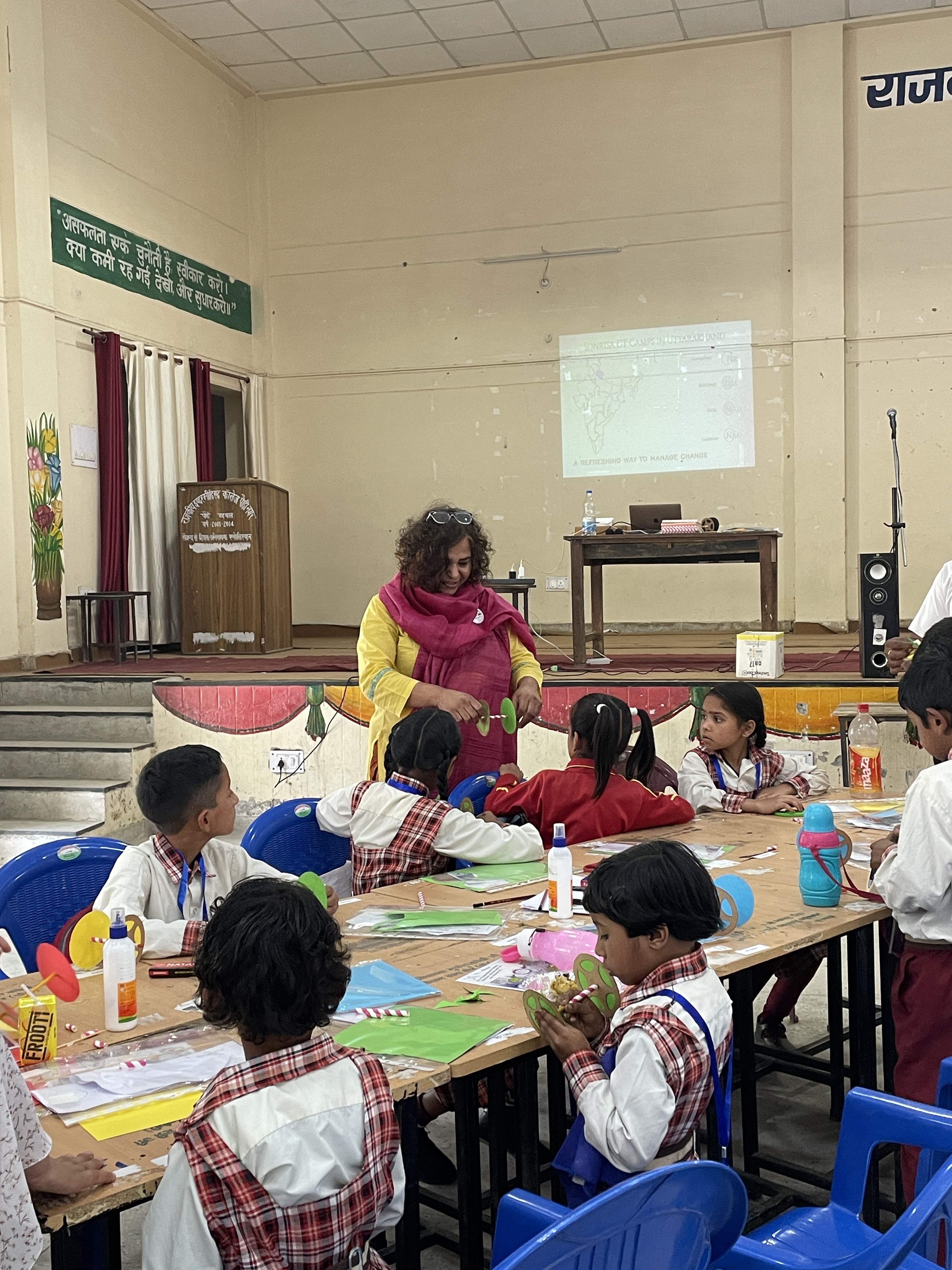
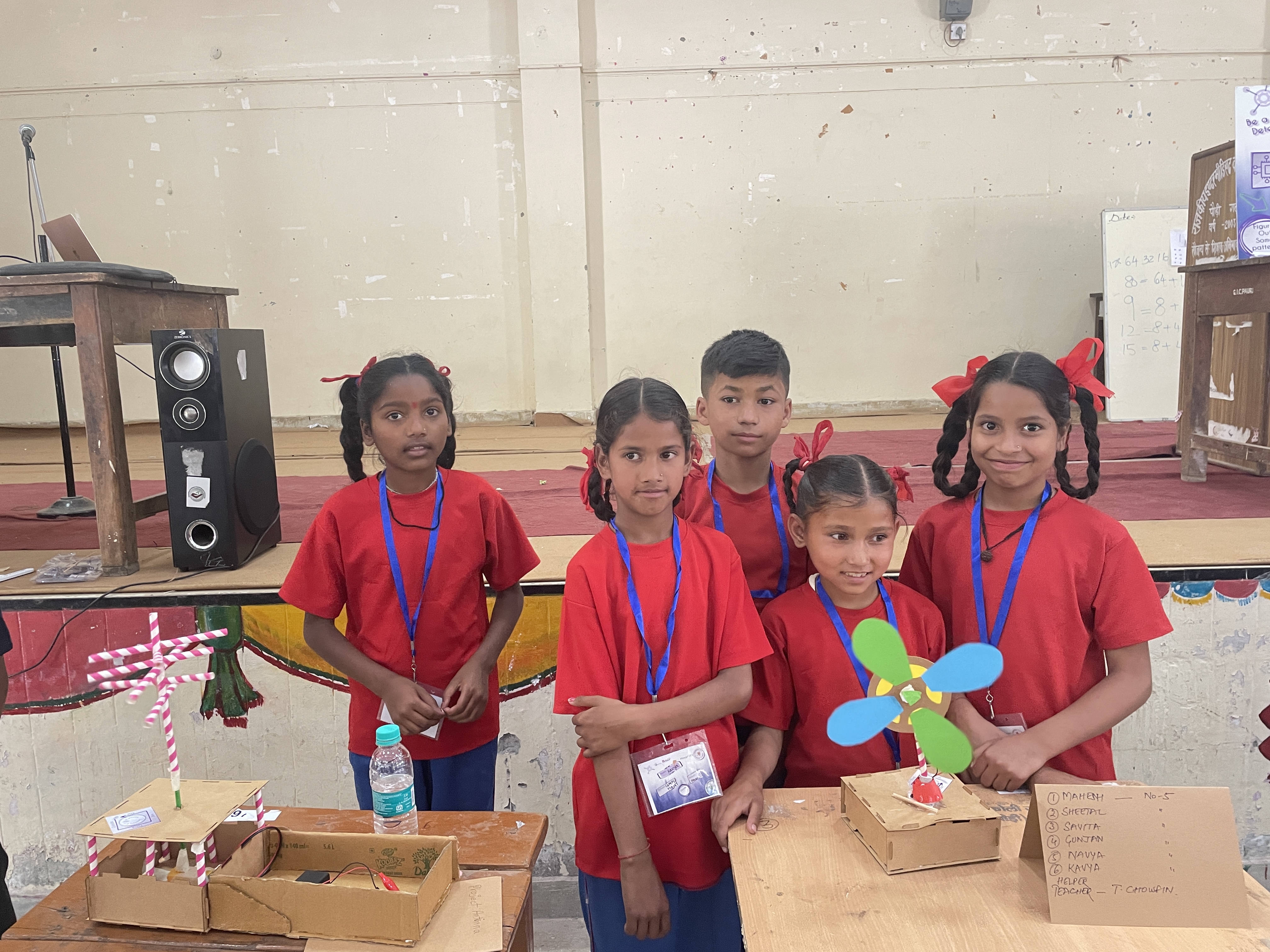

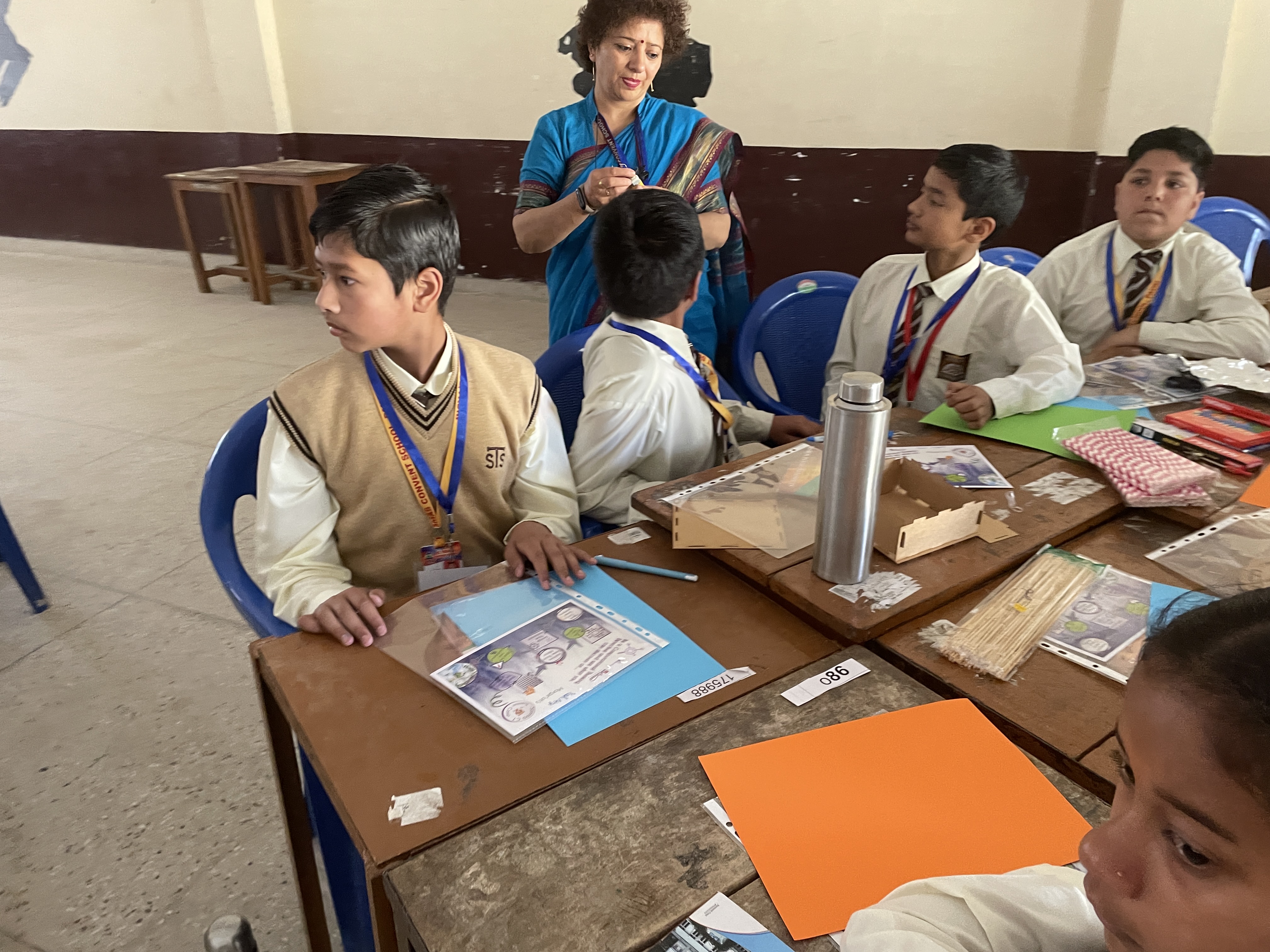
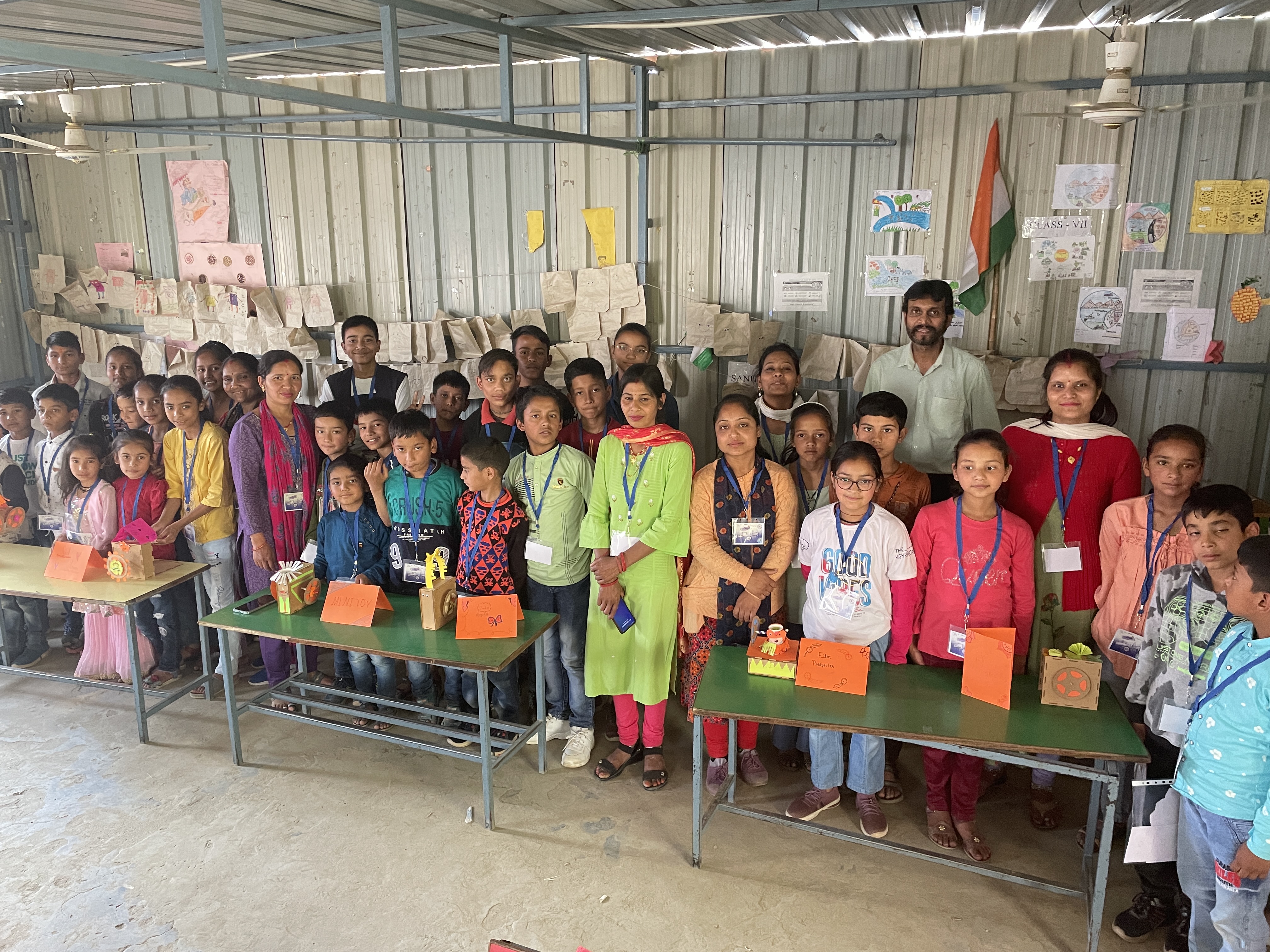


So now that we have the wheels turning our focus shifts to how we can scaffold this learning in the next semester as we take our workshops to the Grade 1-5 students in twelve (and growing…)of our partner schools, both Government and Private, in Uttarakhand. We also have the opportunity to work with a beautiful school adorned by the Himalayas, sitting by the Bhagirathi in Chinyalisaur, as well as some schools in Delhi. We look forward to incorporate the fantastic ideas that have been floated during the Sonrisa CT camps that will inform the projects we produce for our students and teachers, with the help of our interns from the Government Engineering College in Gopeshwar and Thapla. As we weave an agile aspect to our projects, our school leaders and educators are excitedly joining us to transform Uttarakhand’s education one classroom at a time!
